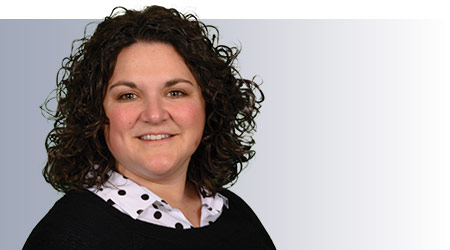
The pandemic has shined a bright light on cleaning. It seems, facility executives holding the purse strings are starting to realize that building service contractors aren’t only cleaning for appearance, they’re protecting building occupants from unseen germs, bacteria and viruses.
Unfortunately, this realization coincides with an economic downturn. As of press time, roughly 20 percent of Americans are unemployed and a growing number of businesses are shutting their doors. As businesses start to reopen, facility executives remain conservative in their spending. Many BSCs I’ve talked to say their post-pandemic customers are adding as much as four times the amount of disinfecting, while allocating zero additional dollars for the work.
This should not come as a surprise. According to Contracting Profits’ “2019 Facility Executive Contractor Expectations Survey,” only 24 percent of facility execs see an infectious outbreak as justification for an increase in cleaning costs.
So where does this leave contractors? The way I see it, if you’ve been asked for more disinfecting and already been turned down for a price increase, there are only two other options.
You can implement cleaning procedures and products/equipment that improve productivity. It’s a “do more with less” philosophy, but I like to think of it as “work smarter, not harder.” Technology — robotics, Internet of Things and electrostatic equipment, for example — can result in efficiencies. The challenge will be the initial cost and availability as the supply chain struggles to keep up.
Because you shouldn’t even consider doing the work at a loss, the only other option is to trim other services in favor of the increased disinfection. According to our “Cleaning Costs And Frequencies Report,” there are three cleaning tasks to take a closer look at.
Before the pandemic, sweeping and/or mopping floors, spot cleaning glass windows and entrance areas, and restocking restroom dispensers were all being done more frequently than cleaning and disinfecting high-touch surfaces. Cleaning for appearance clearly outweighed cleaning for health. Trimming frequencies in these areas can leave room for added disinfection.
As facilities open back up, now is the time to re-evaluate each account. How have their cleaning needs changed and how will you respond?

 The Down and Dirty on Cleaning in Virus Season
The Down and Dirty on Cleaning in Virus Season How Surfactant Use is Expanding in Commercial Cleaning
How Surfactant Use is Expanding in Commercial Cleaning Operational Excellence Series 2025: Better Budgeting
Operational Excellence Series 2025: Better Budgeting
